#renaissance sculpture
Photo

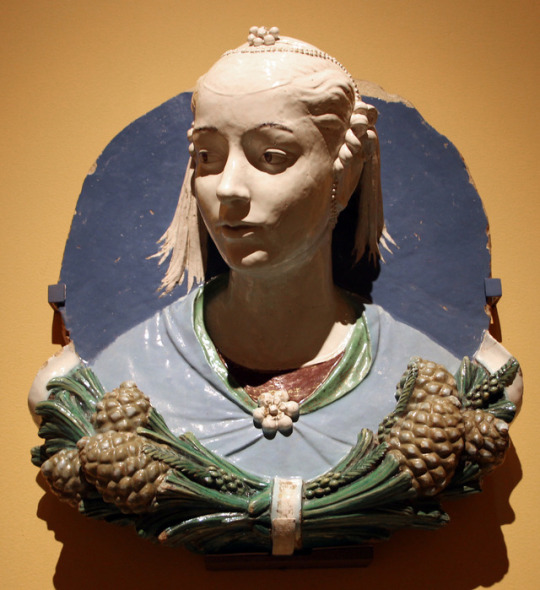
Bust of a young girl, workshop of Andrea della Robbia, 1465-70
#andrea della robbia#mdpsculpture#renaissance#renaissance italy#renaissance sculpture#sculpture#italy#15th century#15th c. sculpture#bust#15th c. italy#1460s
103 notes
·
View notes
Photo
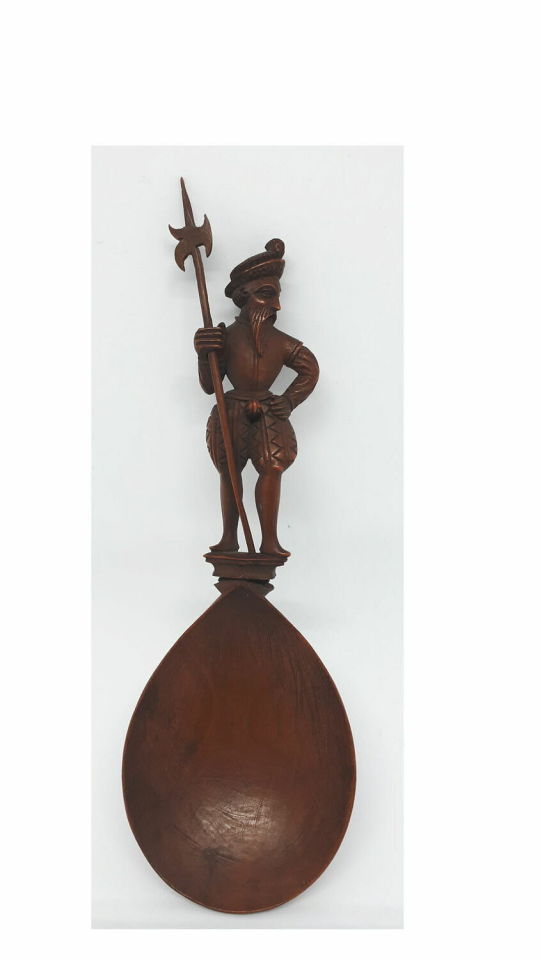
For when you need a spoon that carries a distinct threat of violence.
[ID: A wooden spoon with a wide and shallow bowl; instead of a handle, there is a carving of a man standing “on top” of the upper part of the spoon. He wears poofy pantaloons, a breastplate, and a decorative hat, all of which are reminiscent of an old-timey guard or watchman; he carries a halberd, a long pole with an axe head at one end, in his hand.]
171 notes
·
View notes
Text
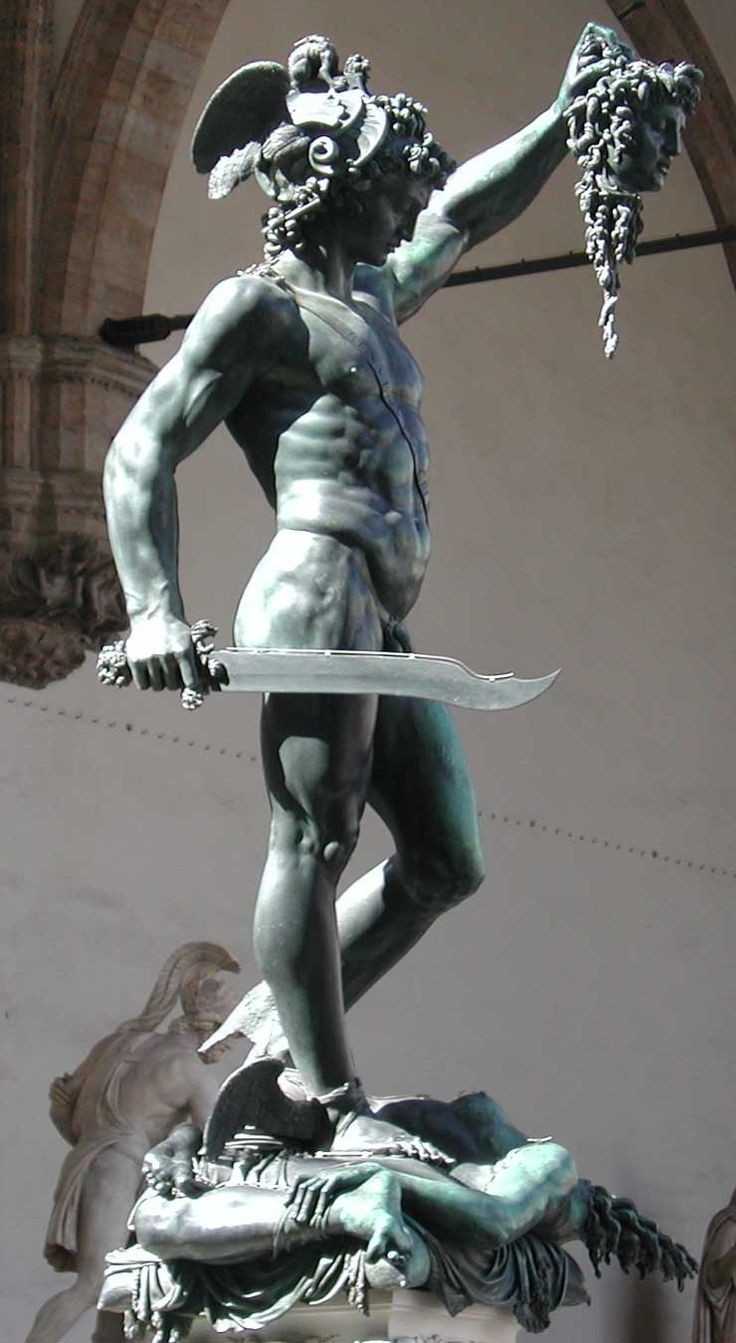
PERSEUS WITH THE HEAD OF MEDUSA | 1545–54 | by BENVENUTO CELLINI
The bronze statue depicts the mythological hero PERSEUS standing triumphantly over the body of MEDUSA, holding her recently severed head in one hand and his sword in the other.
CELLINI, a renowned goldsmith and sculptor of the RENAISSANCE period, was commissioned by COSIMO I DE' MEDICI to create this work in 1545. The sculpture is full of intricate details that bring the myth to life, such as PERSEUS' winged sandals for speed, and the helmet of invisibility. The base of the statue is an integral part of the composition, with figures representing MERCURY, DANAË, JUPITER, and MINERVA.
The creation of this sculpture was a remarkable technical achievement for CELLINI. The casting process was extremely complex, as he had to create a flame at a precise temperature to melt the bronze in a single casting. After cooling, the statue underwent a lengthy polishing process that lasted from 1549 to 1554, when it was finally presented in the square.
Beyond its technical mastery, PERSEUS WITH THE HEAD OF MEDUSA also had a significant political meaning in its time. The statue was seen as a representation of the power of DUKE COSIMO I, who had "CUT OFF THE HEAD" of the FLORENTINE REPUBLIC. MEDUSA symbolized the Republican experiment, and the snakes coming out of her body were interpreted as the discords that had always affected democracy.
CELLINI'S sculpture is a testament to the skill and innovation of RENAISSANCE SCULPTORS. The statue's technical complexity, intricate details, and political symbolism have made it a lasting icon of ITALIAN ART history
#perseus and medusa#medusa#renaissance sculpture#Renaissance#intricate#benvenuto cellini#sculptures#hellenistic sculptures#roman sculpture#greek sculpture#statues#18th century
9 notes
·
View notes
Photo
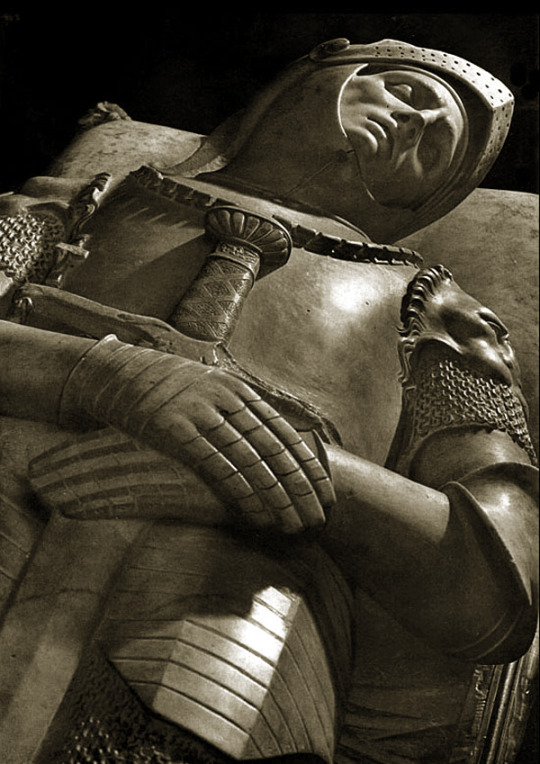
𝔈𝔣𝔣𝔦𝔤𝔶 𝔬𝔣 𝔊𝔲𝔦𝔡𝔞𝔯𝔢𝔩𝔩𝔬 𝔊𝔲𝔦𝔡𝔞𝔯𝔢𝔩𝔩𝔦 𝔟𝔶 𝔗𝔲𝔩𝔩𝔦𝔬 𝔩𝔬𝔪𝔟𝔞𝔯𝔡𝔬
#Effigy#guidarello guidarelli#Tullio lombardo#sculpture#medieval#knight#Renaissance#Renaissance Sculpture#italy#funeral momument#ravenna
249 notes
·
View notes
Photo

The Pretorian Fountain and Palace (City Hall) - Palermo, Sicily
Photo by Charles Reeza
23 notes
·
View notes
Text
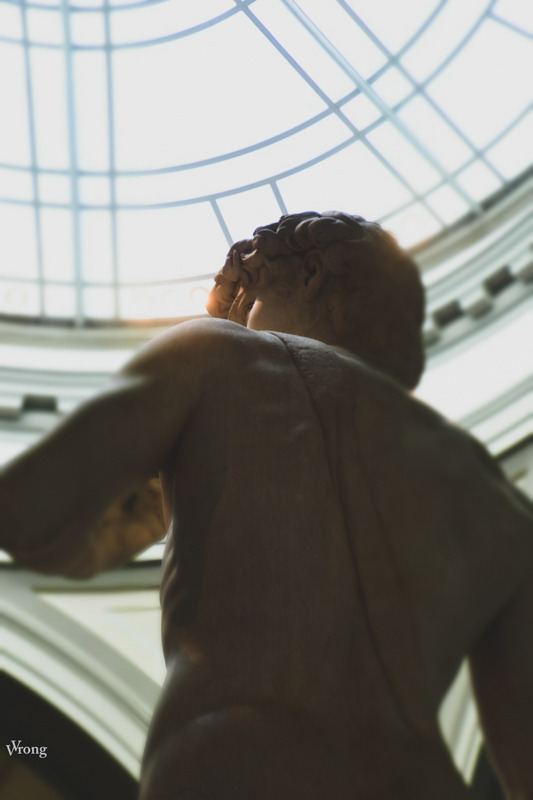

9.29
Accademia Gallery: David of Michelangelo
#Florence#Italy#Sculpture#Michelangelo#Renaissance sculpture#out there#inside#ishootsometimes#vvrong
11 notes
·
View notes
Text

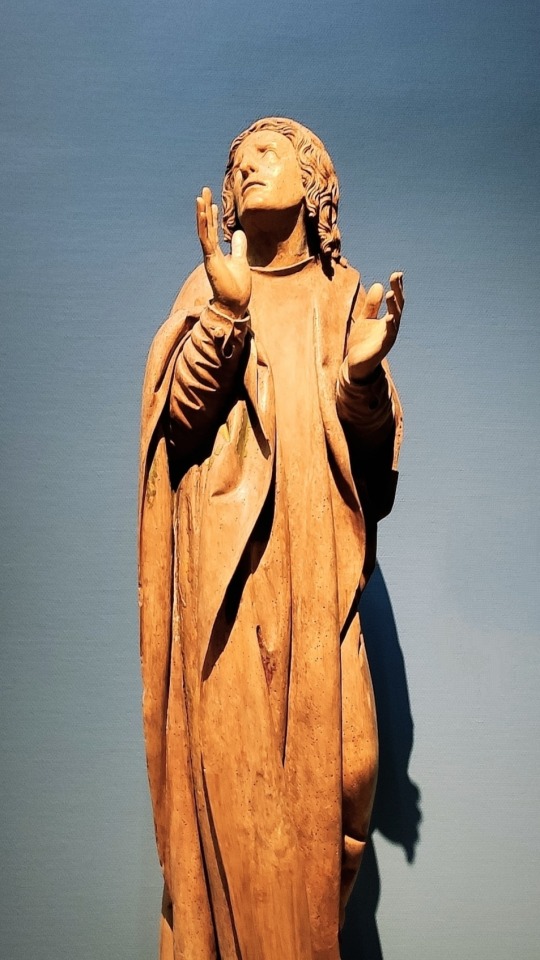
Ligier Richier. The Virgin, c. 1530s / Saint John the Evangelist, c. 1530s.
#ligier richier#art#sculpture#medieval sculpture#renaissance sculpture#bronze#medieval art#renaissance art#bronze sculpture#my photography#p
37 notes
·
View notes
Text
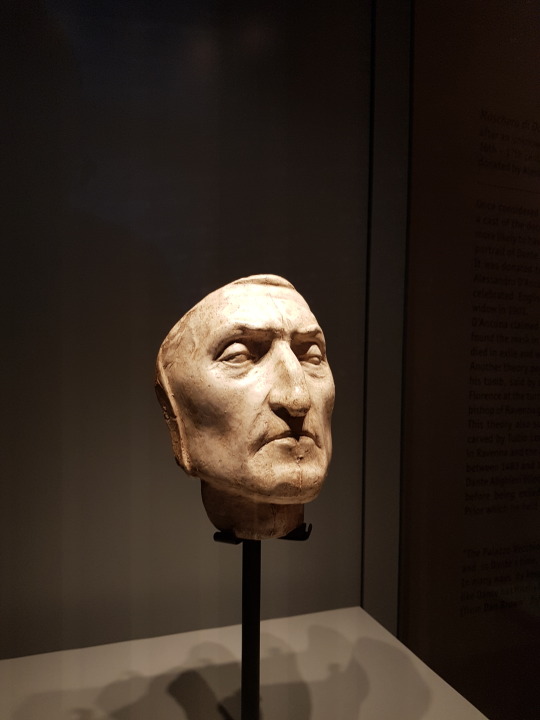
The death mask of Dante Alighieri, in Palazzo Vecchio
Most likely, this is not the original death mask that was placed on Dante's face in 1321, but a copy made in 1483 by Pietro and Tullio Lombardo, when they sculpted his tomb in Ravenna. They made his nose more hooked, as that was a sign of intelligence, and that shaped our current view of him.
#dante alighieri#the divine comedy#divina commedia#la divina commedia#palazzo vecchio#firenze#italie#italy#florence#ravenna#italia#travel photography#travel#travel blog#art#death mask#art history#sculpture#renaissance#renaissance sculpture#italian renaissance#15th century#rinascimento#dan brown#inferno#photography
69 notes
·
View notes
Photo
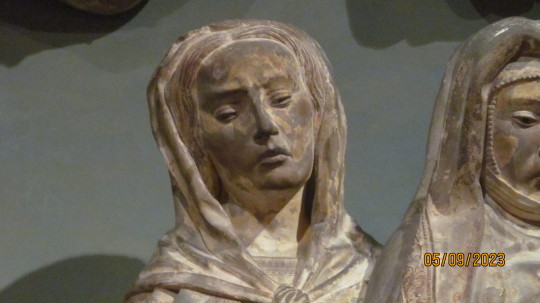

spirali di luce
sentirti, sentirti mio
entombment of christ (detail)
c. 1515
chateau de Biron, Dordogne, France
#digicam#digital camera#canon powershot#canon#metropolitan museum of art#the met#met museum#sculpture#14th century#14th century art#renaissance art#renaissance sculpture#patty pravo#miss italia#mochette#liminal spaces#weirdcore#grunge#fairycore#cottagecore#morute#kinderwhore#sad#gothic#francogothic#???#catholic art but i'm jewish so this post is tainted for all the tradcaths
10 notes
·
View notes
Text










#renaissance art#hugh dancy#poetry#dead poets society#alexg#lana del rey#insane woman#feminine hysteria#poetic#poets on tumblr#depression#the goldfinch#renaissance sculpture#Spotify
15 notes
·
View notes
Text

Michelangelo Buonarotti (1475-1564) The Day, Tomb of Giuliano de 'Medici, Florence.
1 note
·
View note
Photo
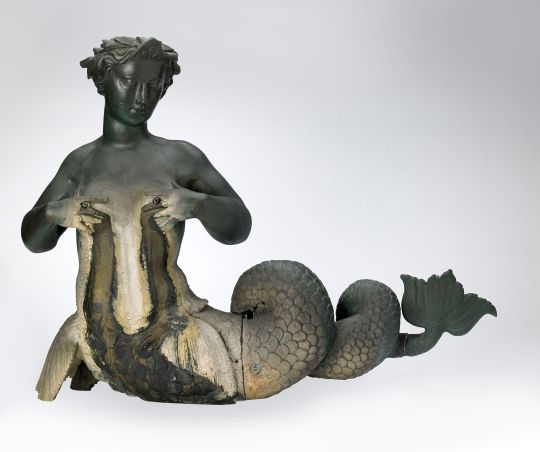
sirena of the granvelle palace by claude lullier, france s.XVI
6K notes
·
View notes
Photo

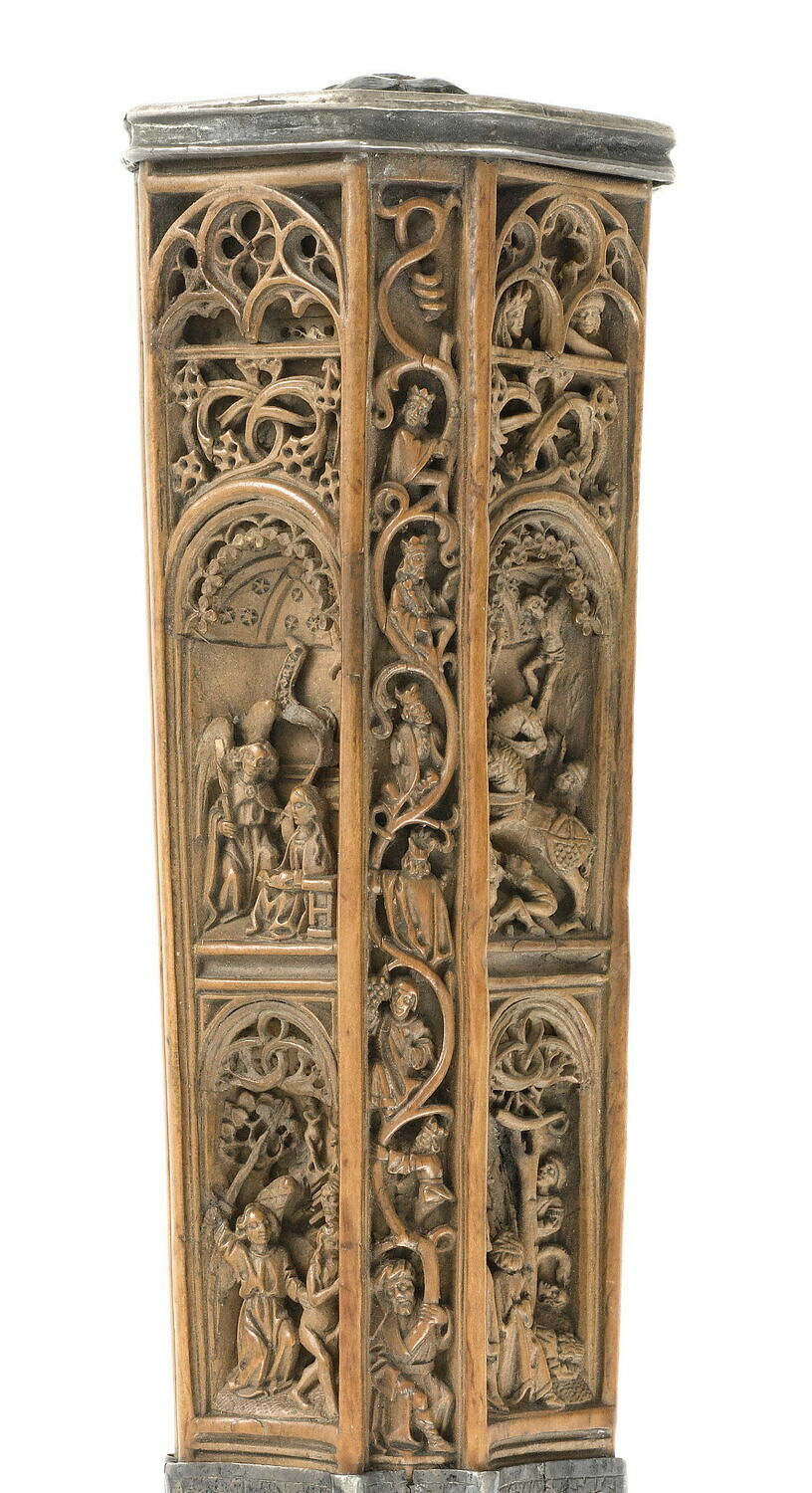
There’s a point in a story I wrote recently where a retired king, discussing princehood with his adoptive son, mentions that if he officially becomes a prince, he gets a ceremonial knife, mostly as a joke; this is definitely the kind of knife I was thinking of when I wrote that (although the king and prince are Jewish and this is a Really Christian Knife).
It’s worth it to check out the Louvre’s record, click on the handle image, and then enlarge it; the carving is a masterwork and very fun to decipher.
[ID: Two images; one shows a knife with a steel blade and boxwood handle. The second image is a close-up of the handle, which has been carved with tiny intricate figures; it looks like the interior of a church with arched recesses, each of which has a tiny tableau of a biblical scene. It’s difficult to tell, but the scenes include top left, the Annunciation, lower left, Adam and Eve being expelled from Eden, top right, the crucifixion, and lower right, what is described in the record as the Lord’s Supper and the Kiss of Judas, though it’s tough to tell.]
137 notes
·
View notes
Text
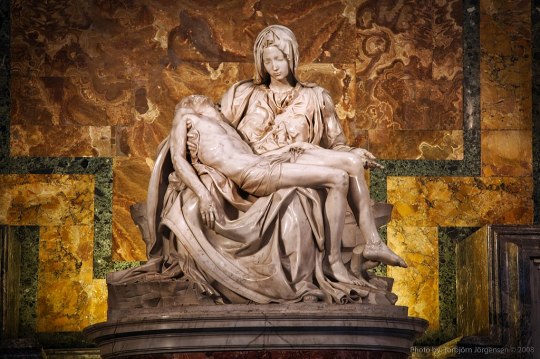
PIETÀ | 1498-99 | by MICHELANGELO
This is a marble sculpture that depicts the VIRGIN MARY holding the dead body of JESUS CHRIST on her lap. It is located in St. PETER’s BASILICA in VATICAN CITY and is one of the most famous and beloved works of the Italian Renaissance.
The composition of the PIETÀ is a perfect example of balance and harmony. MARY’s body is larger than JESUS’, emphasizing her role as a mother and protector. Her head is tilted towards JESUS’ face, expressing her deep sorrow and grief. The figures are positioned in a pyramidal shape, with MARY’s head at the apex, creating a sense of stability and unity.
The emotion portrayed in the PIETÀ is one of profound sadness and grief. MARY’s face is filled with sorrow and her hand gently cradles JESUS’ lifeless body. Her expression and body language convey a sense of acceptance and resignation to the tragedy of her son’s death.
MICHELANGELO’s mastery of anatomy is evident in the realistic depiction of both MARY and JESUS’ bodies. MARY’s face and hands show signs of aging, while JESUS’ body is depicted with a level of detail and realism that is almost lifelike.
The use of marble as the medium for this sculpture is significant. Marble was highly valued in Renaissance art for its ability to capture and reflect light, giving the figures a sense of lifelike radiance. The smooth surface of the marble also allowed MICHELANGELO to create intricate details and textures, such as the folds of MARY’s clothing and the veins in JESUS’ hands.
7 notes
·
View notes
Text
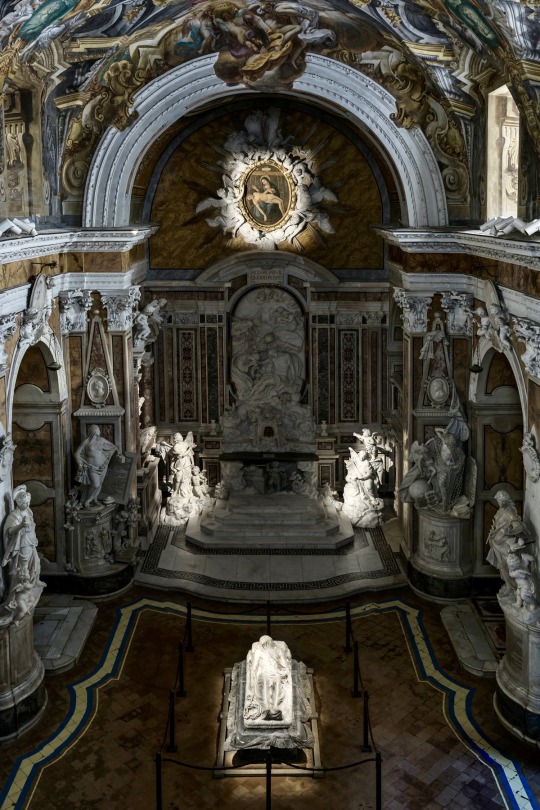
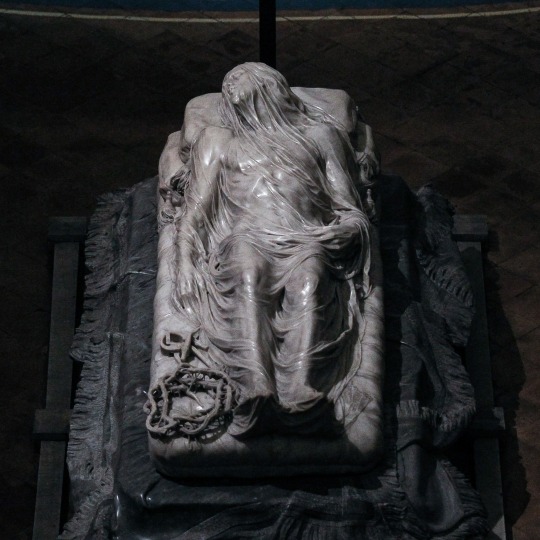


The Cappella Sansevero, Naples, Italy ♡
#art#chapel#art history#architecture#classic academia#artblr#light academia#dark academia#romantic academia#classical art#sculpture#sculptures#church#aesthetic#soft academia#baroque#renaissance art#academia aesthetic#artist#artists#museum#art community#italy#travel#traveling#museum aesthetic#renaissance
770 notes
·
View notes
Text
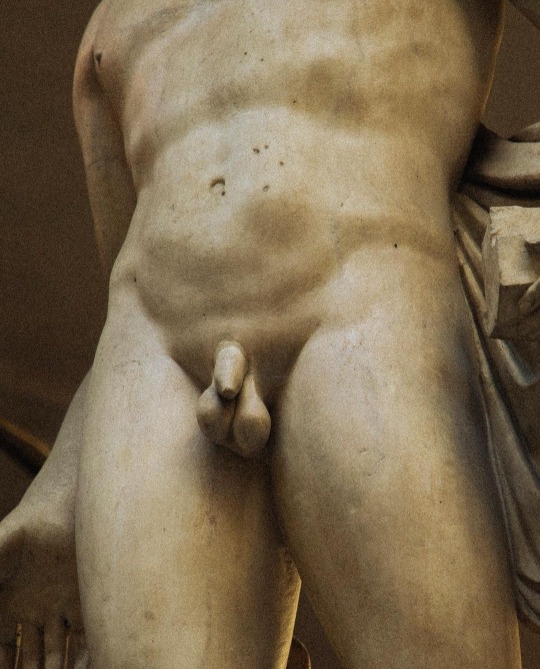






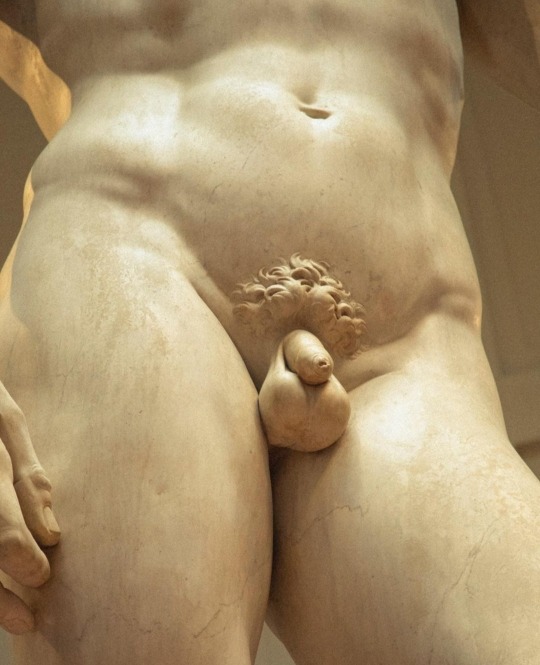
Dick pics from Renaissance by Imdad Barbhuyan
30 notes
·
View notes